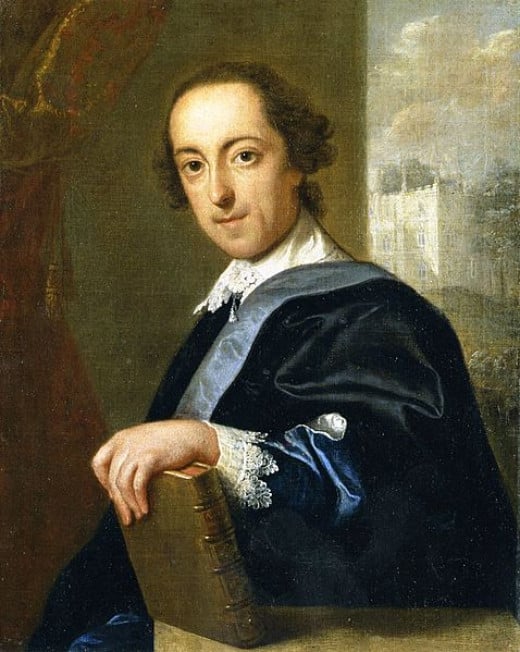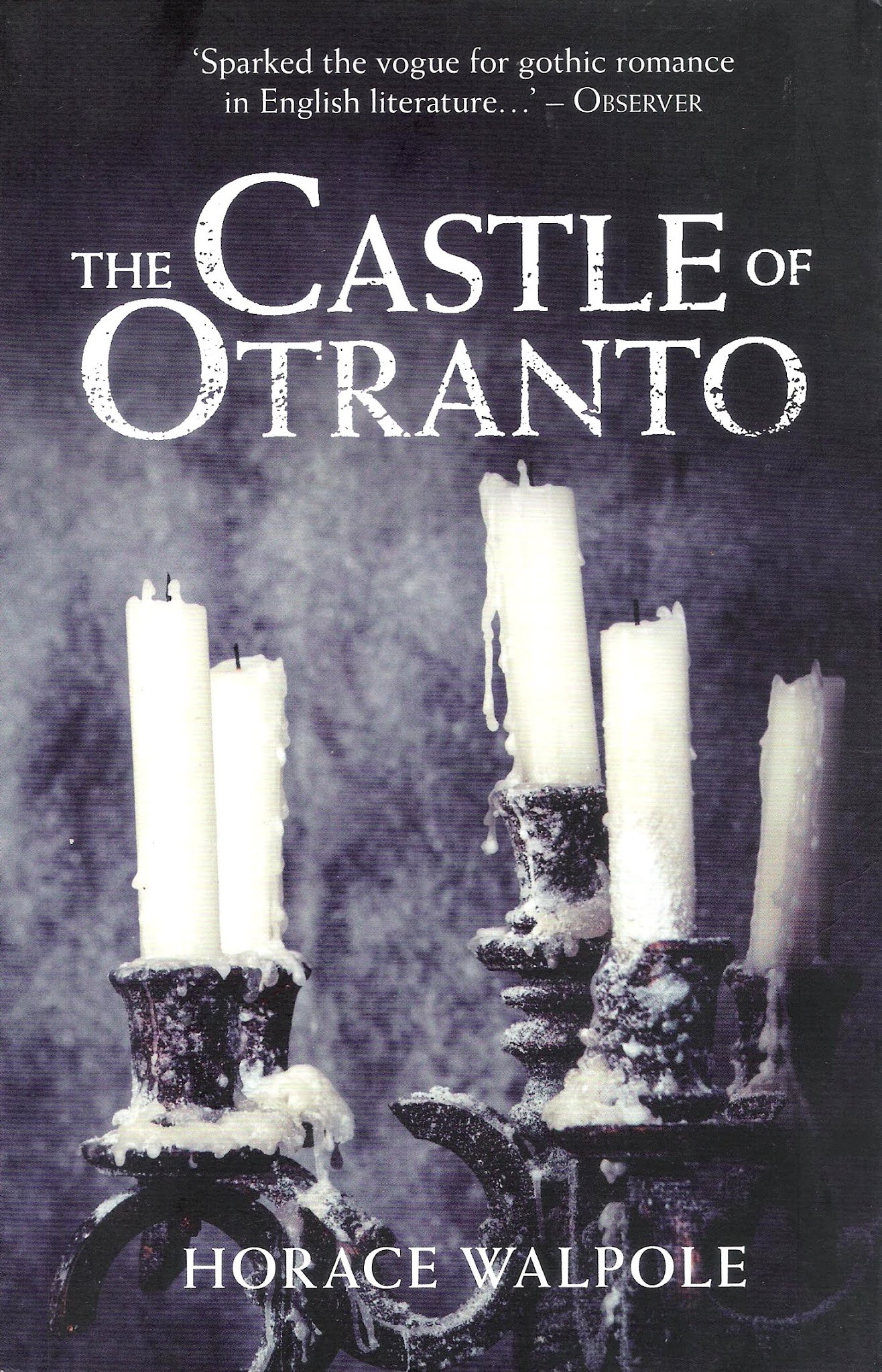
This paper examines how the novel uses the “symbolic glossary” of the Gothic to interrogate issues of property, arguing that supernatural forces at work in the novel embody economic ideas: dead hands keeping a grip on their property from beyond the grave.



The uncertainty surrounding the changing economy and the tensions resulting from it are manifested in the novel’s depiction of a Gothic world, an imaginative landscape dominated by a haunted castle and founded on a fatal secret. Questions about what constitutes property and what it means to own it were subjects of widespread public debate throughout the eighteenth century, a debate in which Gothic literature had a powerful voice. Frederick Frank argues that, as a “prototype” for the Gothic novel, The Castle of Otranto “furnishes a symbolic glossary for evoking dread, for arousing pleasure in the irrational and for establishing an iconography of an unholy and malignant cosmos governed only by absurd forces.” One of these “absurd forces” is the notion of property and the laws surrounding it. I am sure there is some fatal secret at bottom.” The “fatal secret” is just one of many tropes present in the novel that came to define the genre of “terror fiction” or, as it is now more commonly known, the Gothic novel. She explains to her maid, “ some how or other my destiny is linked with something relating to him. In Horace Walpole’s novel The Castle of Otranto (1764), Matilda spends hours gazing at a portrait of a knight, Alfonso the Good.


 0 kommentar(er)
0 kommentar(er)
